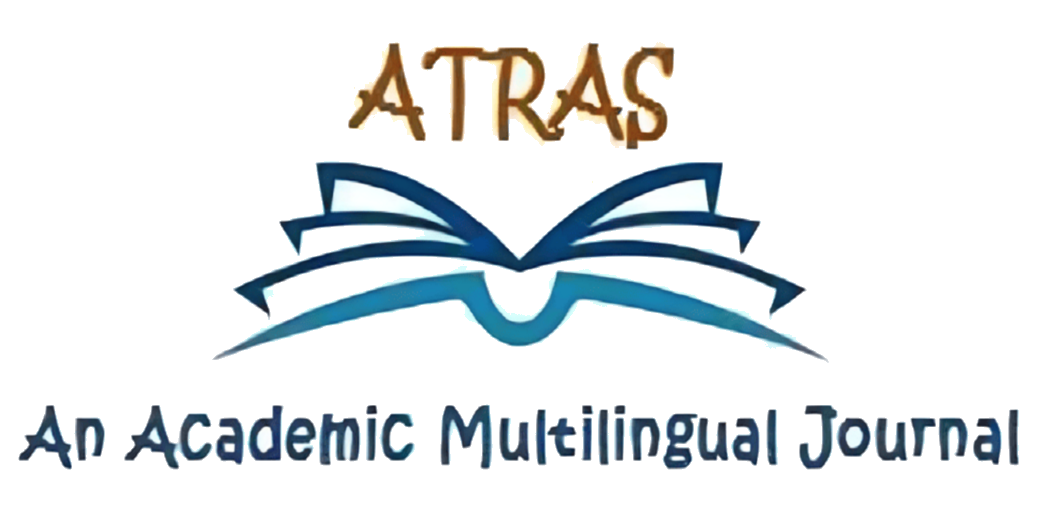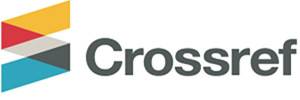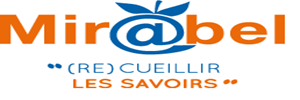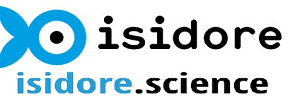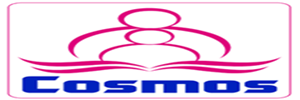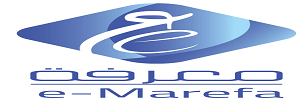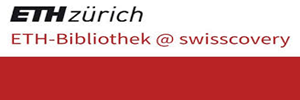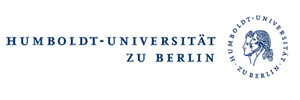Title: Creativity in Economy: A Linguistic Examination of Some Selected Taglines
Ataisi Emiya Gladday
Department of Linguistics and Nigerian Languages
University of Africa, Toru-Orua, Bayelsa State, Nigeria
Abstract
This paper examines the creativity expressed in taglines through the lens of the levels of language. The main aim of this paper is to highlight the economic features of language even in creativity. The significance of the study lies in the appreciation of the aesthetics of language. Premised in functionalism with a bias on Zipf’s ‘Principle of Least Effort’ in the linguistic economy, the study amplifies the features of language condensed in the economy of words creatively articulated in taglines. Twenty commercial taglines are selected for this study. The examination of the taglines affirms the feature of language which shows that a speaker selects language items optimally in discourse for a desired communicative effect.
Keywords:
associated meaning, communicative effect, creativity, levels of language, taglines, word economy
How to Cite this Paper:
Gladday, A. E. (2023). Creativity in Economy: A Linguistic Examination of Some Selected Taglines. Atras Journal, 4(2), 180-192.
References
Chomsky, N. (1966). Cartesian linguistics: A chapter in the history of rationalist thought. Harper & Row.
Cremin, T., & Maybin, J. (2013). Language and creativity.In K. Hall, T. Cremin, B. Crombe & L. Moll (eds.), International research handbook of children’s literacy, learning and culture (pp. 1-19.).Wiley Blackwell.
Cremin, T., & Reedy, D. (2015). Developing creativity through talk. DOI: 10.4324/9781003055372-2.
Declercq, C. (2012). Advertising and localization. In Kirsten M. &Windle K. (eds.), The Oxford Handbook of translation studies (pp. 262-272). DOI: 10.1093/oxfordhb/9780199239306.013.0019
El-Daly H. M. (2011). Towards an understanding of the discourse of advertising: Review of research with special reference to Egyptian media. Nebula, 3, 25-47.
Finegan, E. (2012). Language: its structure and use (6th ed.).Cengage Learning.
Gupta, N. (1992). Creativity and values: educational perspectives. Arya Book Depot.
Kaufman, J. C., & Sternberg, R. J. (eds.). (2010). Cambridge Handbook of Creativity. Cambridge University Press.
Kobayashi, H. (2015). The principle of linguistic economy and emphasis in English. Retrieved from jaila.org/journal/articles/vol001_2015/j001_2015_050_9.pdf
Leech, G. N. (1972). English in advertising: a linguistic study of advertising in Great Britain. Longman.
McLeod, L. (2017). What is localization and why does it matter for your business? Retrieved from www.latmultilingual.com
Sternberg, R. C., Kaufman, J. C., & Roberts, A. M. (2019).The relation of creativity to intelligence and wisdom. In J. C. Kaufman, & R. J. Sternberg, (eds.), Cambridge Handbook of creativity (pp. 237-353). Cambridge University Press.
Vicentini, A. (2003).The economy principle in language. Retrieved from http://www.ledonline.it/mpw/
Wren, P. C., & Martin H. (2009). High school English grammar and composition. Chand and Company.
Xiaosung, D. (2003). Stylistic features of the advertising slogan. Retrieved from http://www.translationdirectory.com/article49.htm
Zawada, B. (2006). Linguistic creativity from a cognitive perspective. Southern African Linguistics and Applied Language Studies, 24(2), 235-254.
Zipf, G. K. (1949). Human behavior and the principle of least effort. Addison Wesley Press.

Copyright for all articles published in ATRAS belongs to the author. The authors also grant permission to the publisher to publish, reproduce, distribute, and transmit the articles. ATRAS publishes accepted papers under the Creative Commons Attribution-NonCommercial 4.0 International (CC BY-NC 4.0) License. Authors submitting papers for publication in ATRAS agree to apply the CC BY-NC 4.0 license to their work. For non-commercial purposes, anyone may copy, redistribute material, remix, transform, and construct material in any media or format, provided that the terms of the license are observed and the original source is properly cited.
